BANYANA BANYANA
Banyana Banyana victory shows the sky is the limit for South Africa’s female footballers when properly resourced
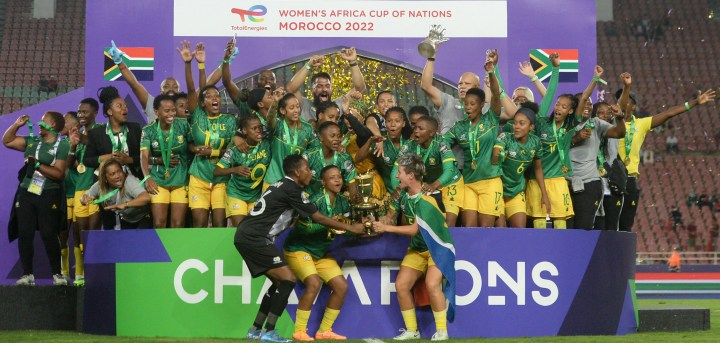
Lifting the Women’s Africa Cup of Nations was a fantastic achievement and South Africa’s players deserve all the praise they get.
Since they conquered the rest of the continent at the 2022 Women’s Africa Cup of Nations (Wafcon) tournament in Morocco earlier this month, South Africa’s female footballers, Banyana Banyana, have been showered with praise from all quarters.
They deserve it, having waited for almost three decades to capture the prestigious trophy. Players past and present are soaking up the plaudits.
Banyana Banyana have had to settle for Wafcon silver medals five times, falling just short of gold each time, with the most recent heartbreak coming in 2018. On that occasion, the South Africans were edged out on penalties by regular rivals Nigeria.
Now, with their 2-1 win in the final, over a Moroccan side backed by tens of thousands of local fans in Rabat, the South Africans have finally exorcised the ghosts of Wafcons past – qualifying for a second consecutive Fifa World Cup in the process.
The 2023 World Cup will be co-hosted by Australia and New Zealand and will be Banyana Banyana’s second appearance at the pinnacle tournament after they made their debut three years ago. They are joined by fellow African nations Nigeria, Morocco and the fast-rising Copper Queens of Zambia.
Strides made
The high quality performances of these four sides during the three-week tournament in Morocco demonstrated the strides African women’s football has made in recent years.
That the perennially dominant Nigerians – record winners of the competition with nine titles – failed to make the final for the first time since 2012 showed how other nations have closed the gap between themselves and the Super Falcons.
Zambia clipping Nigeria’s wings in the bronze-medal playoff match was further proof of this. However, the gap in resources (financial or otherwise) between African women’s football and some European countries – and the dominant US – is telling.
Yet there is hope of the gap continuing to close if more resources are poured into the sport in Africa. The overall spectacle in Morocco, and Banyana Banyana’s gritty triumph, will go some way to changing international perceptions.
“The game is changing in the minds of a lot of people,” commented former Banyana striker Portia Modise. “It is now up to sponsors, who need to take the risk and say they want to grow the women’s game.
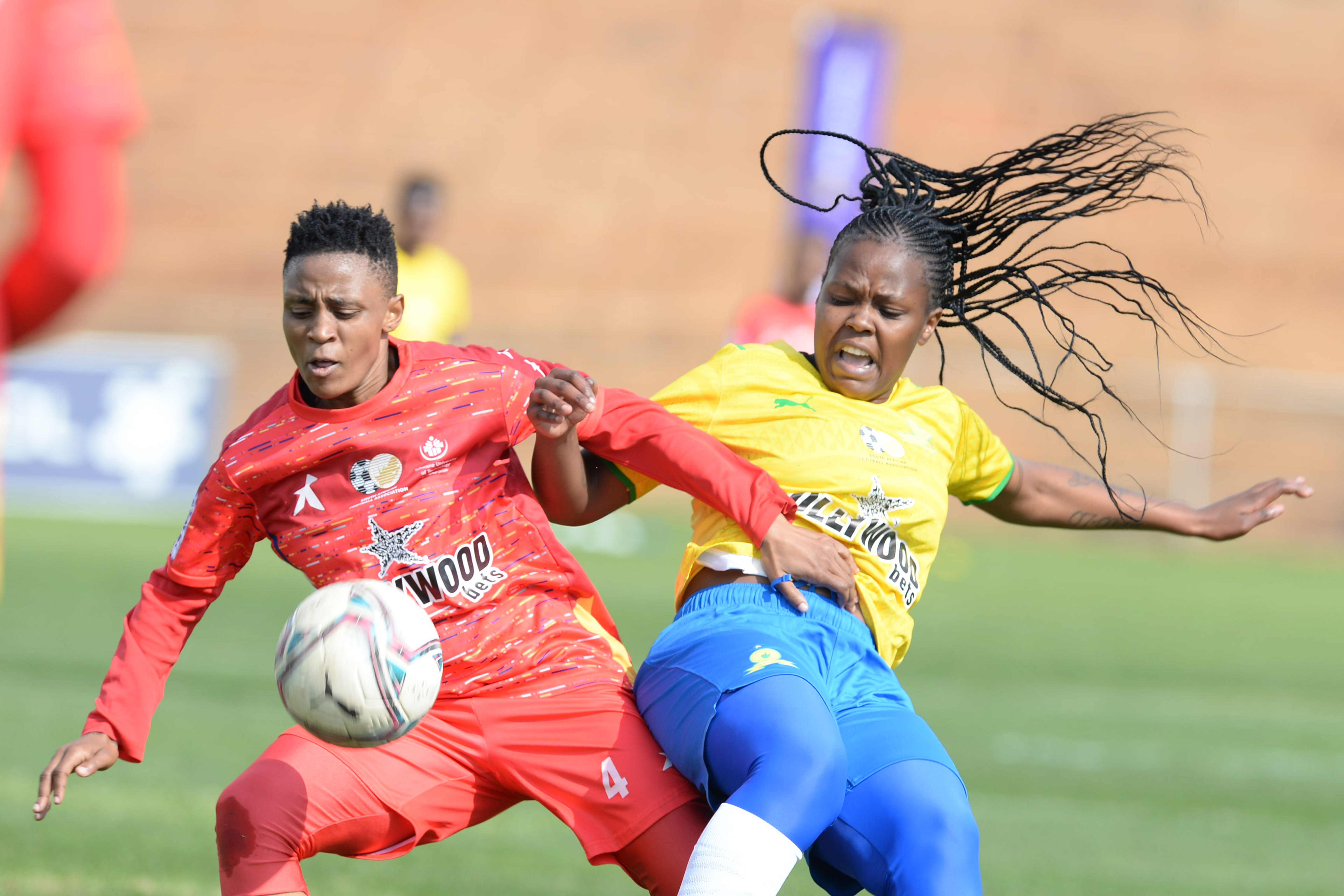
Jabulile Mazibuko of TUT FC and Boitumelo Rabale of Mamelodi Sundowns during the Hollywoodbets Super League match between Mamelodi Sundowns and TUT FC at Wits Stadium on 22 May 2022 in Johannesburg, South Africa. (Photo by Lefty Shivambu/Gallo Images)
“The more African teams that qualify for the World Cup, the more we learn. It will make us see where we can improve and the performance we need to give in the World Cup [in future].”
Modise’s sentiments were echoed by 20-year-old Onalenna Motlhasi, who dons the colours of North West’s Golden Ladies in the Hollywoodbets Super League: “I hope from now on people will start to take women’s football seriously; that there will be more sponsors and more supporters.
“I’m hoping that this great achievement by Banyana Banyana will bring more attention to women’s football,” Motlhasi told Daily Maverick during Banyana’s celebratory homecoming at OR Tambo International Airport on 26 July.
Though the provincial Sasol League was a feeder for the national team for a number of years, as well as a platform for female footballers to strut their stuff, calls for a national women’s league grew louder over the years.
Finally, those calls for a league were answered in 2019 when the South African Football Association (Safa) launched the National Women’s League.
Then, in 2021, Durban-based international bookmaking firm Hollywoodbets joined as a headline sponsor.
Of course, many teams still do not have individual sponsors and team owners usually have to dip into their own pockets to ensure that their teams are able to compete.
That the well-resourced Mamelodi Sundowns Ladies have proven to be the dominant force since the league’s inception is no coincidence.
So, with the league still in its toddler stages, and to keep Banyana Banyana improving and competitive, many players have to look for moves to overseas clubs.
In fact, some of the players who were central to Banyana Banyana’s Wafcon success are either currently playing in international leagues or have done so in the past. This includes the likes of Refiloe Jane, Linda Motlhalo, Jermaine Seoposenwe and South Africa’s heroine in the Wafcon final, Hildah Magaia.
Though cognisant of the strides made locally, Banyana Banyana coach Desiree Ellis is hopeful the league will continue to improve and provide an even larger pool for the national team to choose from.
A huge leap to international level
“I’m hoping it improves even more. The level has to go up. There is still a huge difference between our local league football and international football.
“A player who plays in our league won’t necessarily make it in international football,” said Ellis, prior to her team’s triumphant trip to Morocco.
“We’ve had some players, from different provinces, who’ve done really well [for their clubs], then come into the national team and toiled. The intensity at international level is not something they are used to,” she added.
“Now, from having a good first touch, you don’t have a good first touch anymore. From being a good passer, now you’re not a good passer any more. That’s because things are happening so much quicker than you are used to.”
Banyana Banyana’s success will not be a magical cure for such issues. But it will be significant in putting pressure on the relevant stakeholders to take this constantly growing game to the next level.
As Banyana Banyana demonstrated in Morocco (as did Sundowns when they won the inaugural Caf Women’s Champions League in 2021): when provided with the appropriate resources, nothing is impossible for South Africa’s female footballers.
The next major assignment for Banyana Banyana is the World Cup.
For now, though, Ellis and her charges will bask in the warmth of a job well done – while holding on to the hope that it was not in vain as they continue to fly the flag of women’s football. DM
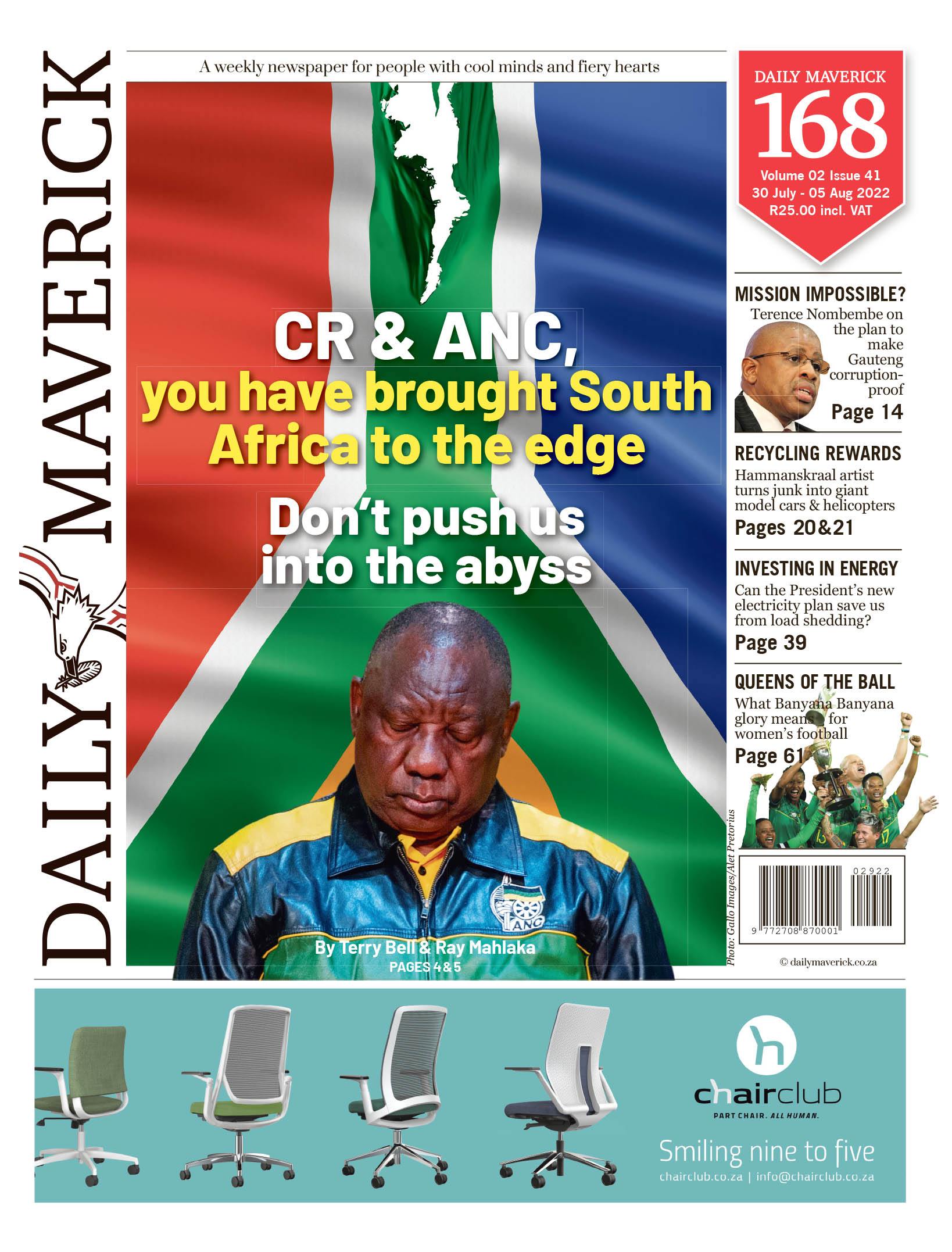 This story first appeared in our weekly Daily Maverick 168 newspaper, which is available countrywide for R25.
This story first appeared in our weekly Daily Maverick 168 newspaper, which is available countrywide for R25.



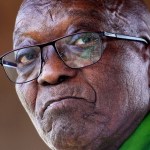

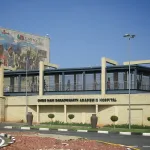


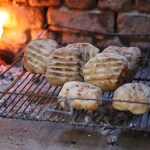










Comments - Please login in order to comment.